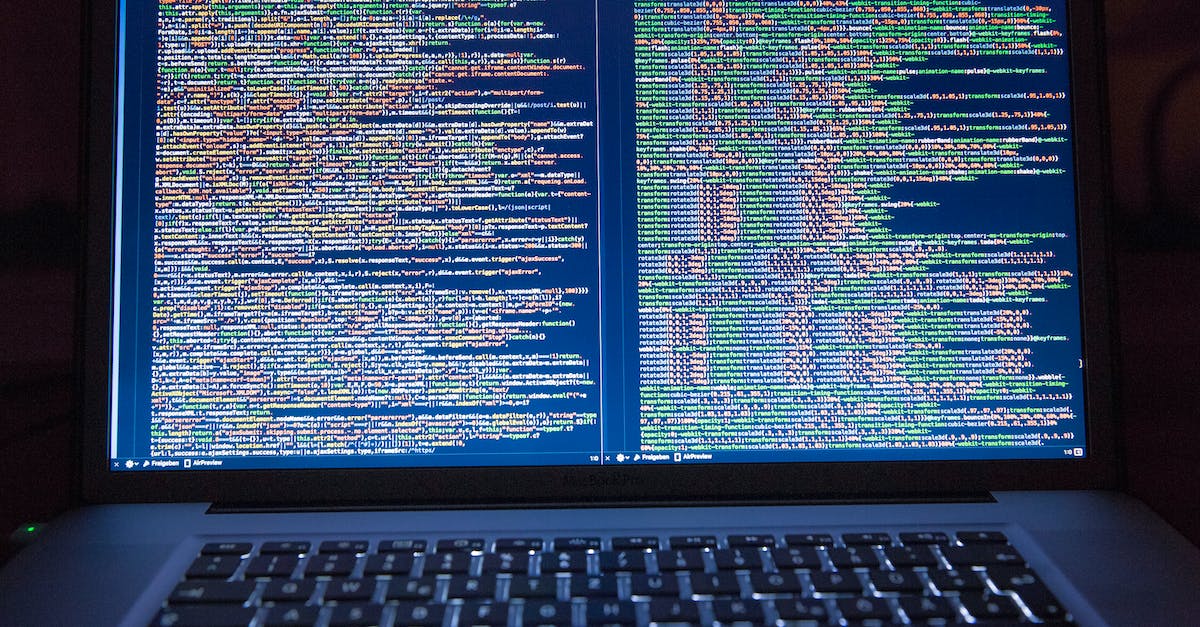Are you ready to jump into the world of data science with Python? If you’re searching for a powerful tool to unpack the secrets hidden in your data, Welcome – You have now found the perfect article.
Data analysis can be a really hard job, but we’re here to guide you through it step by step.
Feeling overstimulated by the complexities of data manipulation and analysis? We understand the pain points you’re facing. Python offers a versatile and efficient solution to streamline your data science projects. Let us show you how Python can simplify your workflow and improve your data analysis skills.
With years of experience in data science and Python programming, we’re here to share our skill with you. Our goal is to boost you to use the full potential of Python for data science. Join us on this exciting voyage as we investigate the endless possibilities that Python offers in the field of data analysis.
Key Takeaways
- Python is a versatile and efficient tool for data science projects, giving readability and extensive libraries like NumPy, Pandas, and Matplotlib.
- Using libraries like NumPy, Pandas, Matplotlib, Seaborn, and SciPy improves data analysis capabilities and visualization in Python.
- Mastering data cleaning techniques such as handling missing data, removing duplicates, normalization, and encoding categorical variables is critical for accurate analysis.
- Python provides powerful tools for statistical analysis, hypothesis testing, and visualization with libraries like Statsmodels and Scikit-learn.
- Machine learning applications in Python, supported by libraries like Scikit-learn and TensorFlow, enable the development of predictive models and data-driven recommendations.
Understanding the Basics of Python for Data Science
When exploring the area of data science, Python emerges as a prominent player due to its versatility and efficiency in handling large datasets.
To plunge into a successful data science voyage, it’s critical to grasp the keys of Python as they form the backbone of data analysis projects.
Python is renowned for its readability, making it an ideal choice for those new to programming.
Its extensive libraries like NumPy, Pandas, and Matplotlib provide strong support for data manipulation, analysis, and visualization.
Mastering these libraries is critical to revealing the full potential of Python in data science.
Understanding basic Python concepts such as variables, data types, loops, and functions lays a solid foundation for more advanced data manipulation tasks.
Also, Python’s simplicity enables swift prototyping and iteration, important for agile data science projects.
We recommend exploring online tutorials and resources such as Real Python To improve your understanding of Python for data science.
Practicing coding tough difficulties on platforms like Ackerman can also sharpen your Python skills and boost your confidence in handling explorerse datasets.
Using Python Libraries for Data Analysis
When it comes to data analysis in Python, we have a treasure trove of powerful libraries at our disposal.
Let’s investigate some key libraries that streamline and improve our data manipulation and analysis tasks:
- NumPy: This key library provides support for setups and matrices, along with a collection of mathematical functions to operate on these setups efficiently.
- Pandas: A versatile library giving data structures like DataFrames and Series, Pandas excels in data manipulation, cleaning, and analysis, making it a go-to choice for handling structured data.
- Matplotlib: Important for data visualization, Matplotlib enables us to create a wide range of plots and charts to represent our data visually.
- Seaborn: Building on Matplotlib, Seaborn adds more visually appealing and informative statistical graphics to our data visualization toolkit.
- SciPy: Extending the capabilities of NumPy, SciPy provides functions for numerical integration, interpolation, optimization, and more, critical for scientific computing tasks.
By useing the collective power of these libraries, we can improve our data analysis prowess and unpack more ideas from our datasets.
To investigate more about these libraries and sharpen your skills further, check out resources like Real Python And immerse yourself in practical coding tough difficulties on platforms like Ackerman.
Data Cleaning and Preprocessing Techniques in Python
When working on data science projects, data cleaning and preprocessing are critical steps to ensure the accuracy and reliability of our analysis.
In Python, we have a range of powerful tools and techniques to help streamline these processes and prepare our data for further analysis.
Some key techniques for data cleaning and preprocessing in Python include:
- Handling Missing Data: Using libraries like Pandas to identify and fill in missing values in our datasets.
- Removing Duplicates: Eliminating duplicate entries to maintain the integrity of our data.
- Normalization and Standardization: Scaling our data to a common range to help comparisons and analyses.
- Encoding Categorical Variables: Converting categorical data into numerical format for machine learning models.
To add to these techniques, Python offers a wide collection of libraries and functions that streamline the data cleaning and preprocessing tasks.
Using resources like Real Python Can provide in-depth tutorials and guidance on best practices for data cleaning in Python.
By mastering these techniques and tools, we can ensure that our data is clean, consistent, and ready for in-depth analysis and modeling in our data science projects.
Statistical Analysis with Python
When conducting statistical analysis with Python, we have a powerful set of tools at our disposal.
Python’s libraries like NumPy and SciPy offer a wide range of statistical functions to investigate and evaluate data.
Whether it’s calculating mean, median, or standard deviation, Python makes complex statistical operations accessible and efficient.
With Python, we can create statistical models and perform hypothesis testing to draw meaningful ideas from the data.
Using libraries such as Stats models and Scikit-learn, we can conduct regression analysis, ANOVA, and cluster analysis, among other techniques, to scrutinize patterns and relationships within our datasets.
When it comes to data visualization for statistical analysis, Python’s Matplotlib and Seaborne libraries enable us to generate graphs, charts, and plots that provide a clear representation of the statistical findings.
Visualizing data is important in telling results effectively and aiding in decision-making processes.
Also, combining statistical analysis with machine learning in Python allows us to build predictive models, classify data, and make data-driven recommendations.
The integration of statistical methods with machine learning algorithms opens up a area of possibilities for extracting useful ideas from our datasets.
For further in-depth learning on statistical analysis with Python, platforms like Coursera Offer specialized courses taught by industry experts to improve our skills and knowledge in this field.
Machine Learning Applications in Data Science with Python
When it comes to data science with Python, machine learning is huge in finds patterns and making predictions from data.
In our data-driven world, machine learning applications boost us to extract ideas and improve decision-making processes.
In machine learning, Python provides strong libraries like Scikit-learn and TensorFlow which enable us to build and deploy machine learning models efficiently.
With Python, we can carry out various machine learning algorithms such as linear regression, decision trees, random forests, and neural networks to solve complex problems.
The flexibility and extensive community support of Python make it the ideal choice for developing machine learning applications in data science projects.
Python’s simplicity and readability allow us to prototype and iterate models quickly, accelerating the development process and enabling us to investigate multiple algorithms seamlessly.
To investigate more into the area of machine learning with Python, platforms like Coursera offer specialized courses that denseen our understanding of machine learning concepts and techniques.
These courses provide practical knowledge and hands-on experience, equipping us with the skills needed to tackle real-world data science tough difficulties effectively.




